 Research shows that successful social enterprises often share common characteristics.
Research shows that successful social enterprises often share common characteristics.
There are many theories why some social enterprises flourish while others languish. Is it leadership, business planning, funding, market or timing that makes a successful social enterprise?
Joining Vision and Action is dedicated to providing social enterprises, nonprofits and government agencies with the tools and resources they need to succeed, sustain and scale. We bring research and innovation to this work, which we call implementation science. This allows our team of experts to provide more effective and imaginative tools to increase community impact.
So we took a deep dive into the research into what makes for a successful social enterprise. We studied what works and what doesn’t, to help practitioners, leaders and funders gain research-backed perspectives on the common ingredients for success.
This blog provides several highlights from that research. A full description of the characteristics that make successful social enterprises, references, and a worksheet to apply them to your situation, is available here.
Buy-in from existing organization
If you are starting a social enterprise as part of an existing nonprofit, the board, executive director and other management must agree that operating a social enterprise would be beneficial to the organization. In addition, there needs to be a ringleader/champion responsible for the coordination, support and expertise in the social enterprise. This person should possess both the skills necessary to run an enterprise and the passion to carry the idea through to reality.
Active and Fluid Business Plan
Having a “road map” to follow is essential to the success of an enterprise. Starting with a business model canvas helps you develop your hypothesis surrounding the main areas of your business. Once you have tested that hypothesis, a business plan is useful–as long as it is ACTIVE and constantly updated as you begin piloting your project. Successful social enterprises are able to strike a healthy balance between planning and practice.
Use of Data to Drive Decision-making
It is becoming increasingly important for social enterprises to demonstrate their impact; having accurate data available is critical for decision-making. Successful social enterprises have a “dashboard” to provide key stakeholders with the right data to inform good decision making. Once that information is in hand, it’s important that it actually gets put to use; organizations must be willing to self-correct if the data points in a new direction.
Specialized Niche/Competitive Advantage
Market demand is a major determinant to the success of any enterprise. If the product or service created is not meeting a need, the enterprise will not be financially profitable. The product or service must have a unique quality that separates it from competitors, as well as a strong identity that allows it to stand out in the marketplace.
Ability to Adapt to Change
The culture of a startup is constantly shifting as the organization grows. Furthermore, even established social enterprises must continuously change to adapt to the broader market. Learning how to manage organizational change is a key to longevity.
The research shows that these five characteristics are among the most important ones to focus on in developing or expanding a social enterprise.
Do you want to see your nonprofit develop its own source of unrestricted income? Are you starting a new business to change the world? Do you feel passionate about a cause but unsure how to make a sustainable impact?
Whether you’re part of an established organization or founding a startup, whether you’re representing a nonprofit or an LLC, the Mission, Inc. Basecamp will show you how to align people, planet and profit in the creation of a successful enterprise.
The Basecamp is an intensive five-day training, developed as a collaboration between JVA and the authors of Mission, Inc.: The Practitioner’s Guide to Social Enterprise. Combining engaging, interactive facilitation with practical, on-the-ground advice from experienced social enterprise leaders, the Mission, Inc. Basecamp will equip you with essential tools and strategies for success in your social enterprise. Held twice a year in Denver. To register, click here.
Rolfe Larson — Rolfe@JoiningVisionAndAction.com JoiningVisionAndAction.com

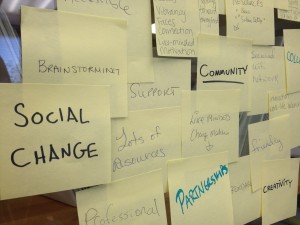
 Research shows that successful social enterprises often share common characteristics.
Research shows that successful social enterprises often share common characteristics.
